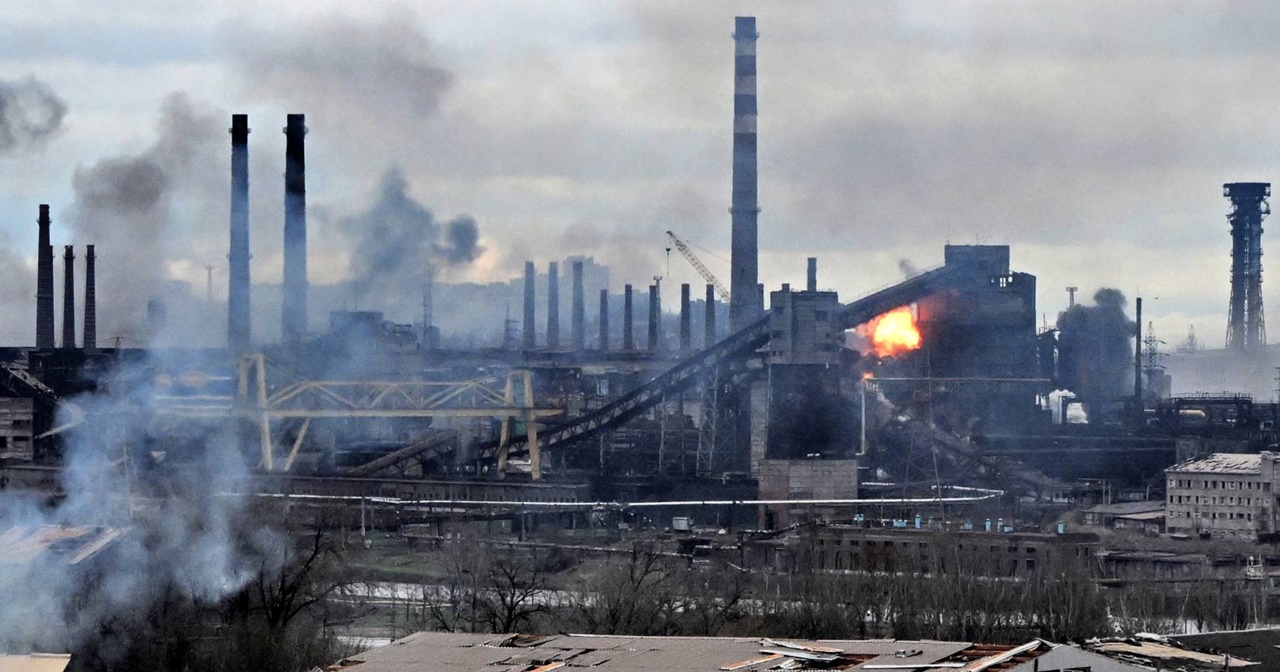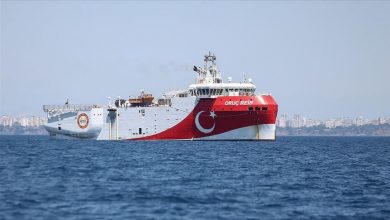War against Ukraine: who is supplying which weapons

In order to be able to fend off Russian attacks, Ukraine primarily needs heavy weapons. Germany hesitates – but what about other NATO countries? Who delivers what?
German solo efforts are the wrong way, says Chancellor Olaf Scholz when talking about tank deliveries to Ukraine. Last Tuesday, after switching with US President Joe Biden and other heads of government of the major industrialized nations. “Take a look around at what others who are closely allied with us are doing,” Scholz recommended to the journalists in the subsequent press conference.
The NATO partners are closely allied. And most of them are as reticent as Germany when it comes to tank deliveries. Of the 30 NATO countries, only the Czech Republic has officially delivered tanks to the war zone. A few dozen of the T 72 type, Soviet-made main battle tanks, but also infantry fighting vehicles from earlier NVA stocks.
Countries are examining the delivery of heavy weapons
Beyond the debate about main battle tanks, however, there is something moving on the subject of so-called heavy weapons, i.e. artillery pieces, armored vehicles, or helicopters. Countries that have so far hesitated to send heavy weapons to Ukraine now consider it necessary – because, according to their reasoning, the Russian attacks in eastern Ukraine could not be repelled otherwise.
Chancellor Scholz hinted at a possible German involvement in the supply of artillery from the US or the Netherlands to Ukraine. It could be about providing ammunition or training.
Belgian Prime Minister Alexander de Croo also said: “We are trying to respond as well as possible to the wishes of Ukraine.” He didn’t want to say exactly which weapons will be delivered, only this much: in Belgium they are now looking “at the question of heavy military material”. It sounded similar to Marc Rutte, Prime Minister of the Netherlands. “We’re actually careful with reports, but today it’s another step,” said Rutte and announced that he would deliver heavy material. “We do that bilaterally with armored vehicles.”
Defensive weapons no longer sufficient
Almost all NATO countries had previously delivered lighter, mostly defensive weapon systems. Defense missiles against Russian tanks, anti-aircraft guns, radar systems. “This put the Ukrainian army in a very good position to defend its cities,” says intelligence expert Erich Schmidt-Eenboom.
What contributed to the failure of Russian attempts at conquest in Kyiv is no longer sufficient in the fighting in eastern Ukraine. “What has been supplied by the USA so far is completely unsuitable for open terrain,” says Schmidt-Eenboom. And because Washington has not yet announced any main battle tanks for Ukraine, President Zelenskyy will probably continue to demand them from Germany.
USA supplies most of the weapons
The US is supplying by far the most weapons to Ukraine – since the beginning of the war armaments worth 2.5 billion dollars have been pledged. After all, the European Union has provided 1.5 billion euros since the beginning of the war – from community funds, the so-called peace facility.
“The idea was for Ukraine to report what it needs to a central office,” reports MEP Hannah Neumann. The member states – and even the armaments companies – should then see “what they can make available to Ukraine “Everything from ammunition to defense missiles can be financed – but no tanks or heavily armored vehicles, according to Neumann. According to Neumann, the federal government is also on the EU line originally agreed with its partners.
Nevertheless, Neumann is demanding that the German Chancellor do more. “Especially when Germany has to block gas supplies for good reasons,” she points out, one is obliged “to ensure compensation elsewhere.” And yes, “these are mainly the arms deliveries.”
NATO partners still hesitant
Many alliance partners in the western alliance are keeping a low profile on the subject of arms deliveries. There have been many announcements, but it is not easy to understand who is really bringing which systems to Ukraine. Security reasons are likely to play a decisive role if, for example, France and Italy publish almost no details about arms deliveries. Norway has also recently said that heavy weapons are being considered – but anti-aircraft missiles will continue to be delivered for the time being.
Britain’s Prime Minister Boris Johnson was more specific. Johnson announced this week that he is considering supplying missiles to attack ships in Ukraine. Ukraine will need additional artillery to help, “that’s what we’re going to give them.”



